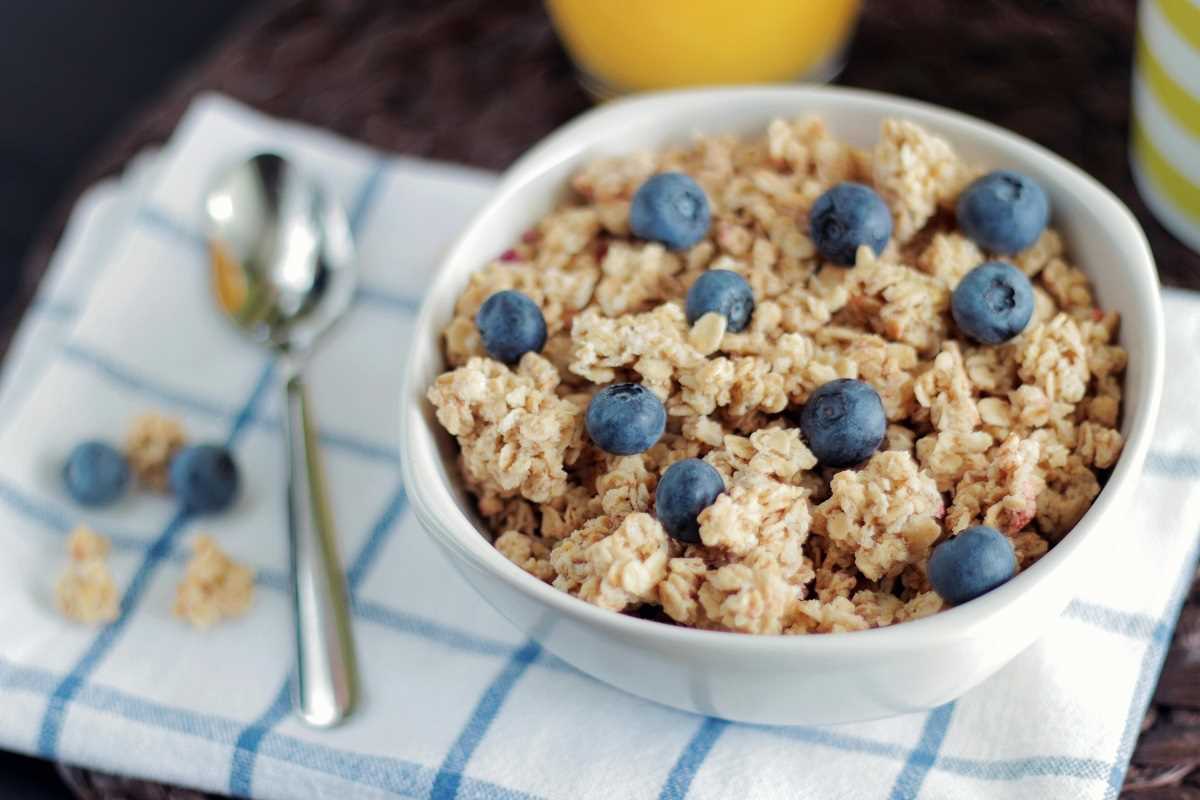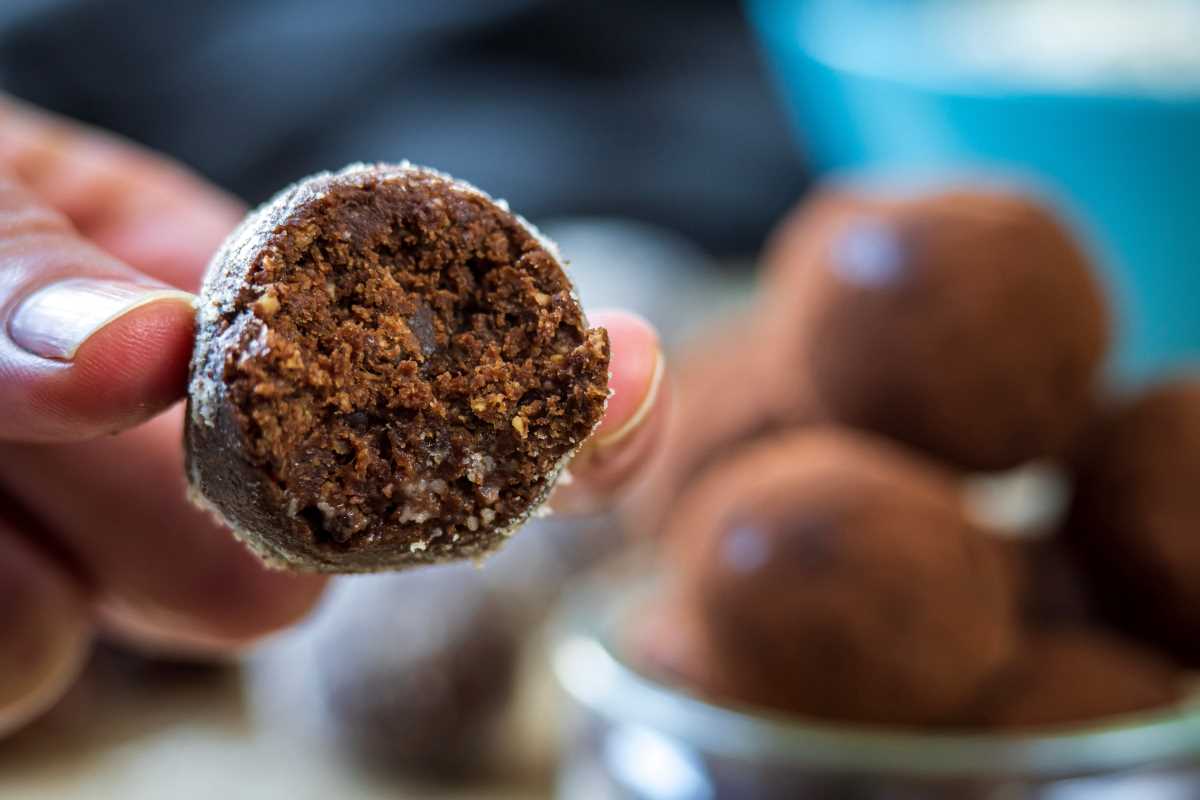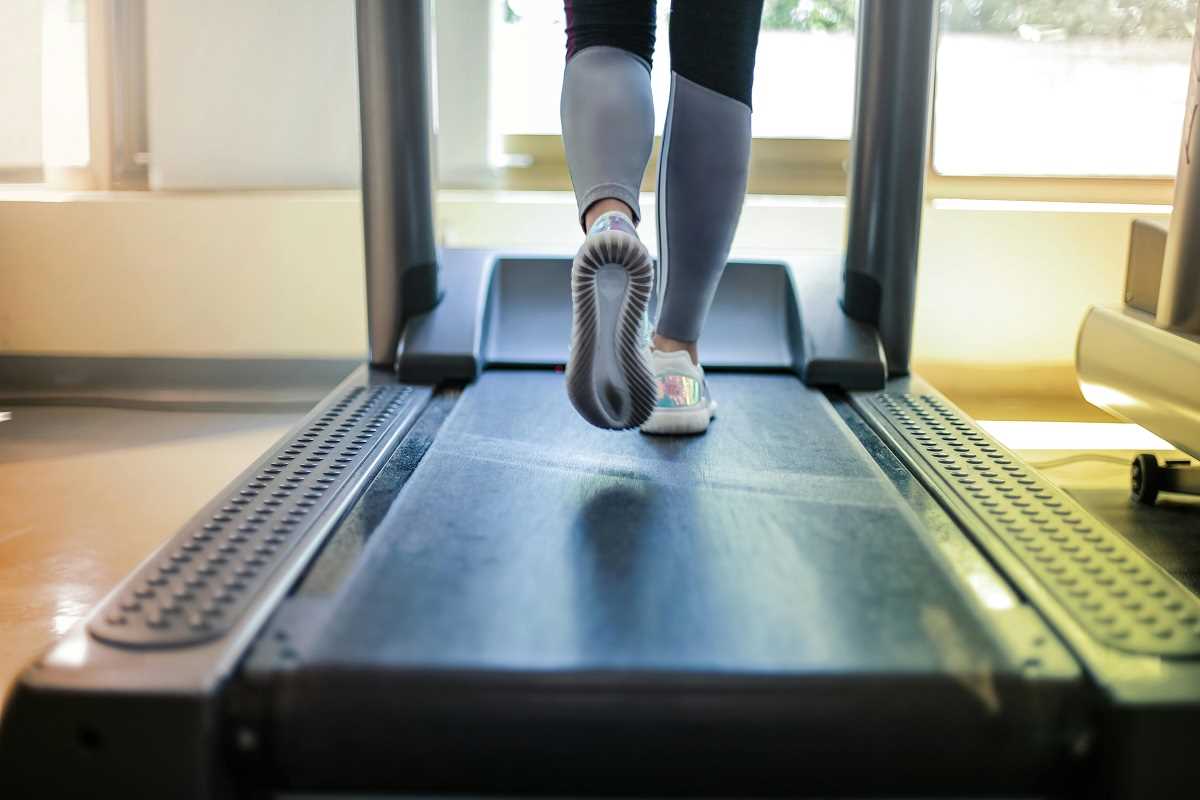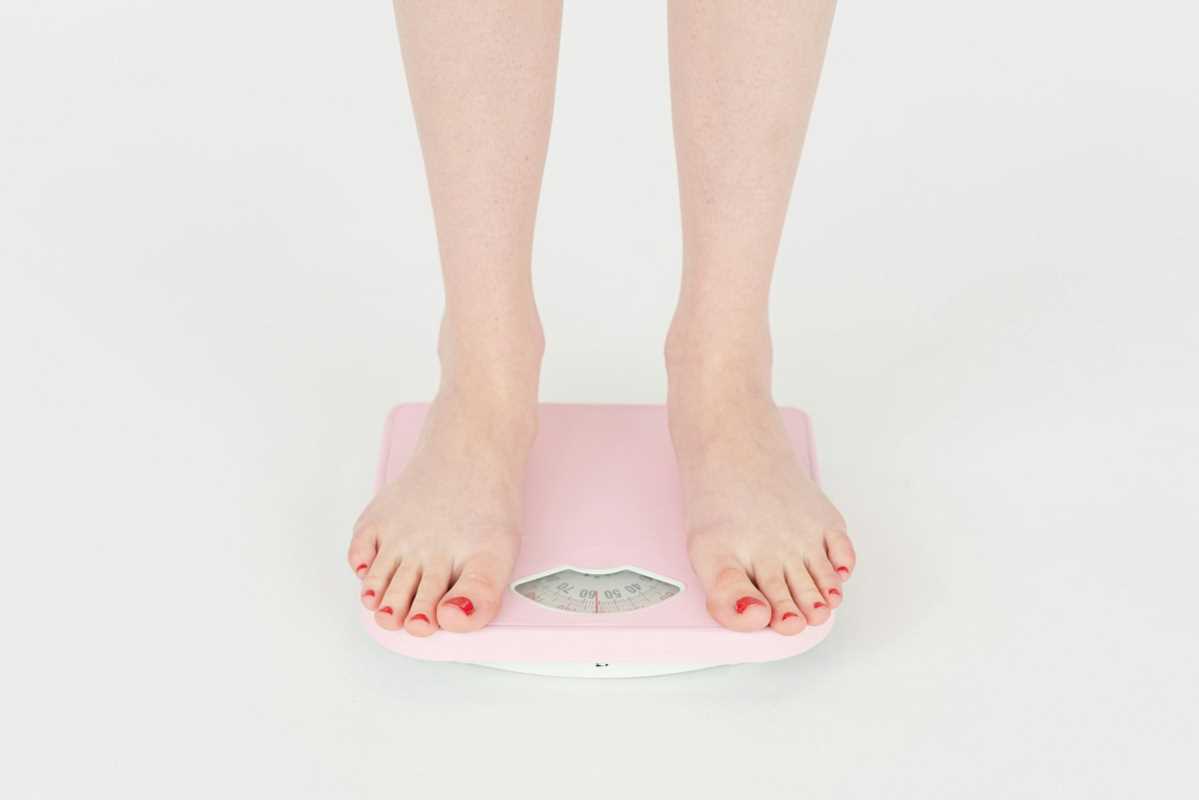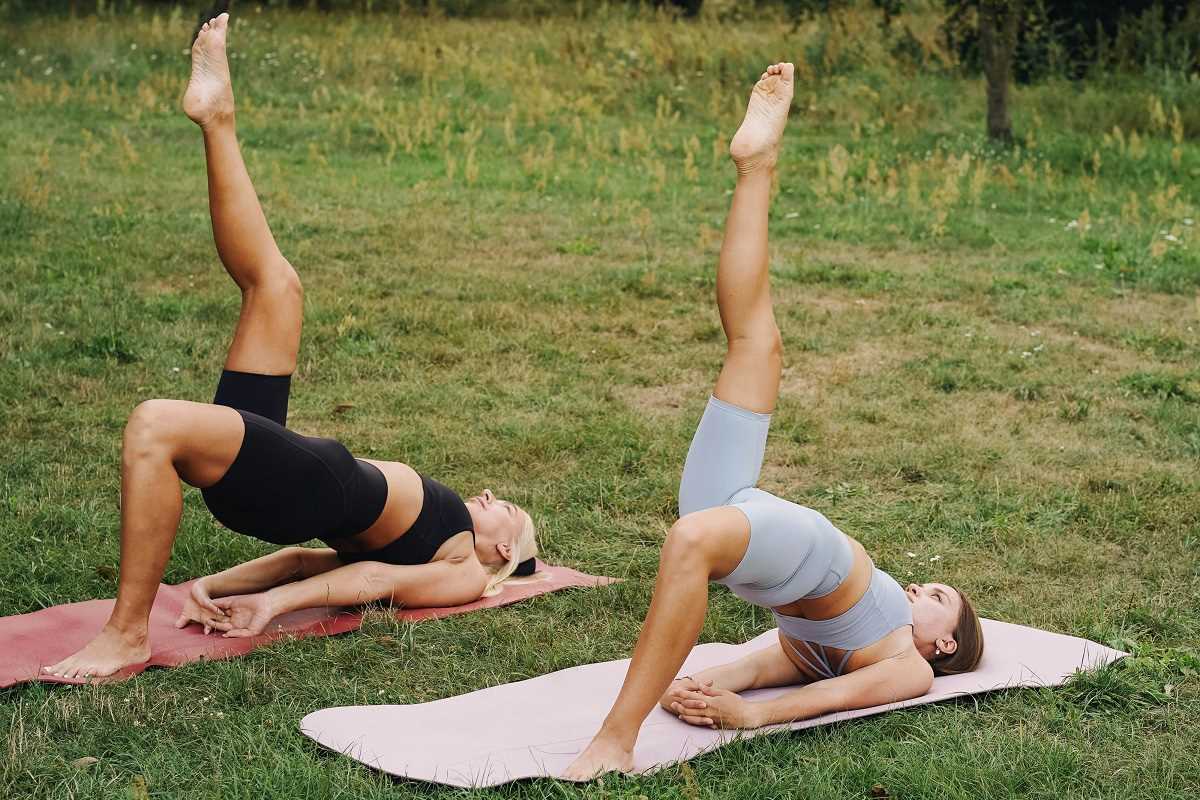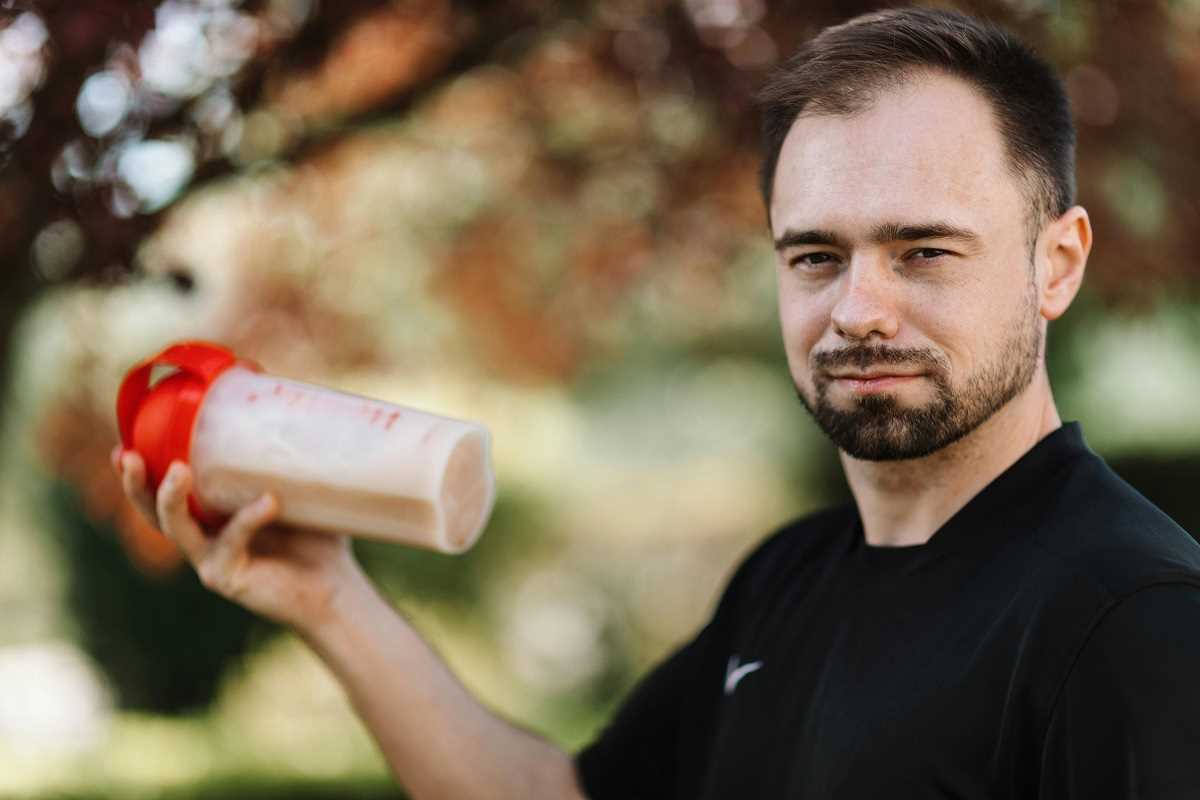If you’ve been searching for a workout that’s effective, time-efficient, and helps torch calories, chances are you’ve come across HIIT. Short for High-Intensity Interval Training, this workout style has taken the fitness world by storm, and for good reason. But what makes HIIT so powerful, especially for weight loss? Let's explore it step by step.
What Is HIIT?
High-Intensity Interval Training (HIIT) alternates short bursts of intense activity with periods of rest or low-intensity movement. A typical HIIT workout might last only 15 to 30 minutes, making it perfect for those with jam-packed schedules.
Think of HIIT as a “go hard, then recover” style of exercise. For example:
- High-intensity phase (30 seconds): Sprinting, burpees, or jumping jacks performed at maximum effort.
- Recovery phase (1 to 2 minutes): Light walking, jogging, or complete rest.
- Repeat for 5-15 rounds.
Although these sessions are short, they’re far from easy. During the high-intensity intervals, you push your body to its limits, which is exactly why HIIT delivers such powerful results in a fraction of the time.
How Does HIIT Help with Weight Loss?
Unlike traditional steady-state cardio (like jogging at a consistent pace), HIIT works its magic by challenging your body in ways that increase calorie burn both during and after the workout. Here are the key reasons HIIT is so effective for weight loss.
1. Burns More Calories in Less Time
HIIT is the ultimate time-saver. Studies show that you can burn as many calories in a 20-minute HIIT session as you might during an hour-long steady-paced workout. Those quick, intense bursts of energy demand maximum output from your muscles and cardiovascular system, resulting in high caloric burn.
For example, a person weighing 150 pounds could burn approximately 400 calories in just 30 minutes of HIIT, compared to only 250 calories in a typical 45-minute moderate-intensity cardio session. This makes HIIT a lifesaver for busy professionals or parents who can only squeeze in short workout sessions.
2. The Afterburn Effect (EPOC)
HIIT’s secret weapon lies in its ability to induce Excess Post-Exercise Oxygen Consumption (EPOC), often referred to as the "afterburn effect." This phenomenon means you’ll keep burning calories long after your workout ends.
During HIIT, your body works hard to restore oxygen levels, repair muscle tissue, and bring your systems back to normal. This recovery process burns additional calories, sometimes for hours after you finish exercising. The more intense your workout, the greater the afterburn effect.
3. Builds and Preserves Muscle
Unlike long bouts of steady cardio, which can sometimes lead to muscle loss (especially if combined with a calorie deficit), HIIT helps preserve and even build lean muscle while simultaneously burning fat. Why is this important? Muscle tissue burns more calories than fat tissue, even at rest. By incorporating HIIT into your routine, you’re effectively increasing your body’s ability to burn calories around the clock.
4. Improves Insulin Sensitivity
HIIT has been shown to improve insulin sensitivity, meaning your body becomes more efficient at regulating blood sugar levels. For those at risk of Type 2 diabetes or who struggle with weight management, this benefit is a game-changer. Controlled blood sugar levels not only promote better overall health but also reduce fat storage triggered by insulin resistance.
The Mental Health Benefits of HIIT
While HIIT is celebrated for its physical results, its impact on mental health shouldn’t be overlooked.
Reduces Stress
Like all forms of exercise, HIIT triggers the release of endorphins, those feel-good chemicals often called the "runner's high." These endorphins can help reduce stress, improve your mood, and even combat symptoms of anxiety and depression. Since HIIT is fast-paced and demanding, it requires full concentration, leaving little mental room for overthinking or worrying.
Boosts Confidence
Mastering a round of challenging HIIT exercises can provide a massive confidence boost. Knowing you’ve pushed your body and accomplished something tough creates a sense of achievement, making you feel mentally stronger.
Improves Cognitive Function
Research suggests that intense physical activity like HIIT can boost brain health, improving focus, memory, and overall cognitive performance. This makes HIIT not just a workout for your body but also for your brain.
Common Myths About HIIT
Despite its popularity, HIIT is often misunderstood. Let's clear up some common myths.
Myth 1: HIIT Is Only for Fit People
It’s easy to think HIIT is only meant for advanced fitness enthusiasts doing insane exercises like plyometric box jumps or endless burpees. The truth is, HIIT is highly adaptable. A beginner can participate in HIIT using low-impact moves like brisk walking, chair-assisted squats, or modified push-ups, gradually building intensity over time.
Myth 2: Longer Sessions Are Better
One of the biggest misconceptions is that longer workouts are always more effective. With HIIT, less is truly more. Pushing your body to extreme effort over a short time period is far more effective than slogging through a high-volume workout at moderate intensity.
Myth 3: HIIT Should Be Done Every Day
The intensity level of HIIT takes a toll on your body. Overdoing it can lead to injury, burnout, or overtraining syndrome. It’s best to stick to 2-3 sessions per week, allowing your body adequate time to recover.
Getting Started With HIIT as a Beginner
One of HIIT's standout features is its versatility. You don’t need fancy equipment or a gym membership to get started. Here’s how beginners can safely ease into HIIT:
Choose Simple, Low-Impact Movements
Pick exercises that match your fitness level. For instance:
- High-intensity phase: Fast-paced walking or step-ups.
- Low-intensity phase: Gentle marching or resting.
Start Small
Don’t overdo it right away. Try a format like 20 seconds of effort followed by 40 seconds of rest, for no more than 10 minutes.
Gradually Increase Intensity
Once comfortable, introduce more dynamic movements such as jumping jacks, mountain climbers, or kettlebell swings.
Focus on Rest
Rest periods are critical for maximizing effectiveness and minimizing the risk of injury. Honor those recovery intervals!
Tracking Progress Effectively
Tracking progress keeps you motivated and ensures you’re moving toward your fitness goals. Here are some tips for monitoring your HIIT results:
- Measure Performance: Keep track of reps completed or time spent in effort intervals for each exercise. Aim to improve these numbers weekly.
- Track Physical Changes: Use tools like tape measurements, body composition analyzers, or progress photos.
- Monitor Recovery: Faster recovery between intervals is a sign of increased cardiovascular fitness.
- Note Energy Levels: Feeling stronger and more energized throughout the day is another excellent indicator of progress.
Key Tips to Maximize Your HIIT Workouts
To make the most of your HIIT sessions, follow these best practices:
- Warm Up Properly: Always allocate 5-10 minutes for dynamic stretches or light cardio to prevent injuries.
- Fuel Your Body: Eat a balanced snack like a banana with peanut butter or a protein shake an hour before your session.
- Stay Consistent: Perform HIIT 2-3 times per week, allowing rest days in between.
- Mix It Up: Incorporate different exercises to challenge various muscle groups and keep things fresh.
- Listen to Your Body: If an exercise doesn’t feel right or causes pain, modify it or swap it out.
Is HIIT Right for Everyone?
While HIIT has broad appeal, it’s not suitable for everyone. People with pre-existing medical conditions, certain injuries, or joint issues should consult a doctor before trying HIIT. Newcomers to fitness should start with lighter modifications and gradually build stamina before attempting intense HIIT sessions.
 (Image via
(Image via